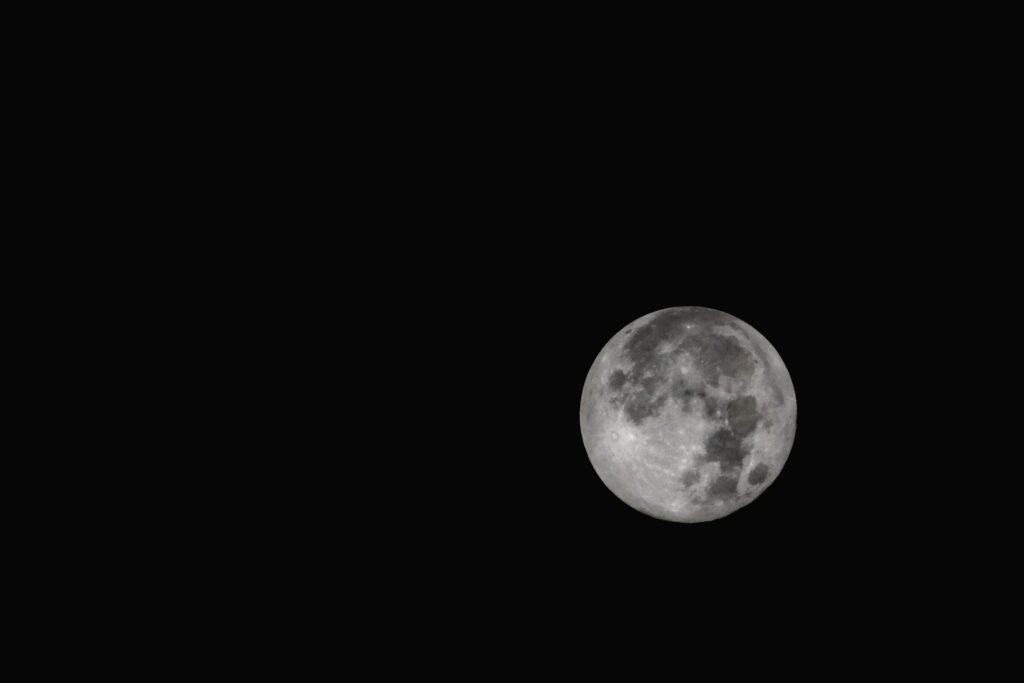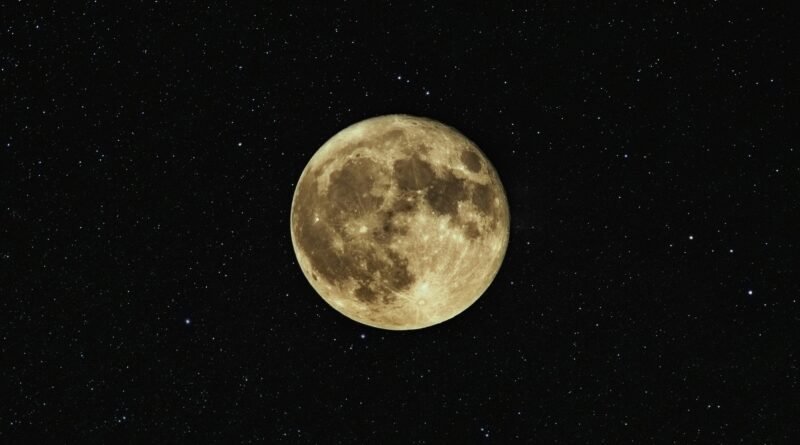Sheltering Moon: Unveiling a New Frontier for Human Habitat
Sheltering Moon
Sheltering Moon: Researchers have interestingly found a cavern on the Moon.
Something like 100m profound, it very well may be an optimal spot for people to fabricate a super durable base. They say.
Specialists presume that many caverns conceal in an “underground, unseen world,” with this being just one of them.
Nations are dashing to lay out a long-lasting human presence on the Moon. Yet they should shield space travelers from radiation, outrageous temperatures, and space climate.
Helen Sharman, the first English space explorer to travel to space. Considered Newfound cavern a good spot for a base and proposed. That people could actually live in lunar pits within 20-30 years.

However, she said, this cavern is profound to such an extent that space explorers could have to abseil in. And use “fly packs or a lift” to get out.
Lorenzo Bruzzone and Leonardo Carrer at the School of Trento in Italy found. The cave by using radar to enter the send off of a pit on an unpleasant plain called the Pony Serenities. The unaided eye from Earth can see it, and Apollo 11 also landed there in 1969.
The cavern has a bay window on the Moon’s surface, driving down to vertical and overhanging walls. And a slanting floor that could expand further underground.
Sheltering Moon: magma streamed on the Moon
Millions or billions of years ago, magma flowed on the Moon, creating a passage through the rock.
The nearest identical on Earth would be the volcanic caverns in Lanzarote, Spain, Prof Carrer makes sense of. Adding that the analysts visited those caverns as a feature of their work.
“It’s truly energizing. At the point when you make these disclosures and you take a gander at these pictures. You understand you’re the main individual throughout the entire existence of humankind to see it,” Prof Carrer said.
Professors Bruzzone and Carrer realized that the cavern’s size made it an excellent location for a lunar base. “In light of everything, life on Earth began in caves. So smart individuals could live inside them on the Moon,” says Prof Carrer.
Scientists have not yet fully explored the cavern, but they believe they could use ground-penetrating radar, cameras, or even robots to map it.
Researchers originally acknowledged there were most likely caverns on the Moon close to a long time back. Then, at that point, in 2010 a camera on a mission called the Lunar Observation Orbiter took pictures of pits that researchers thought could be cave doors.
Yet, specialists didn’t have the foggiest idea how profound the caverns may be, or on the other hand in the event that they would have fallen.
Prof Bruzzone and Prof Carrier’s work has now responded to that inquiry, despite the fact that there is something else to be finished to figure out the full size of the cavern.
Sheltering Moon: up to 25cm of goal
Sheltering Moon: “We have awesome pictures of the surface – up to 25cm of goal – we can see the Apollo arrival destinations – however we don’t realize anything about what lies beneath the surface. There are immense open doors for disclosure,” Francesco Sauro, Facilitator of the Effective Group Planetary Caverns of the European Space Organization, told BBC News.
The exploration may likewise assist us with investigating caves on Mars from now on, he says.
That could make the way for tracking down proof of life on Mars, since, in such a case that it existed, it would more than likely have been inside caves shielded from the components in the world’s surface. Sheltering Moon.
The Moon cavern may be valuable to people, yet the researchers likewise stress that it could assist with responding to essential inquiries concerning the historical backdrop of the Moon, and, surprisingly, our nearby planet group.
The stones inside the cavern won’t be as harmed or dissolved by space climate, so they can give a broad topographical record returning billions of years.
The exploration is distributed in the logical diary Nature Space science.

